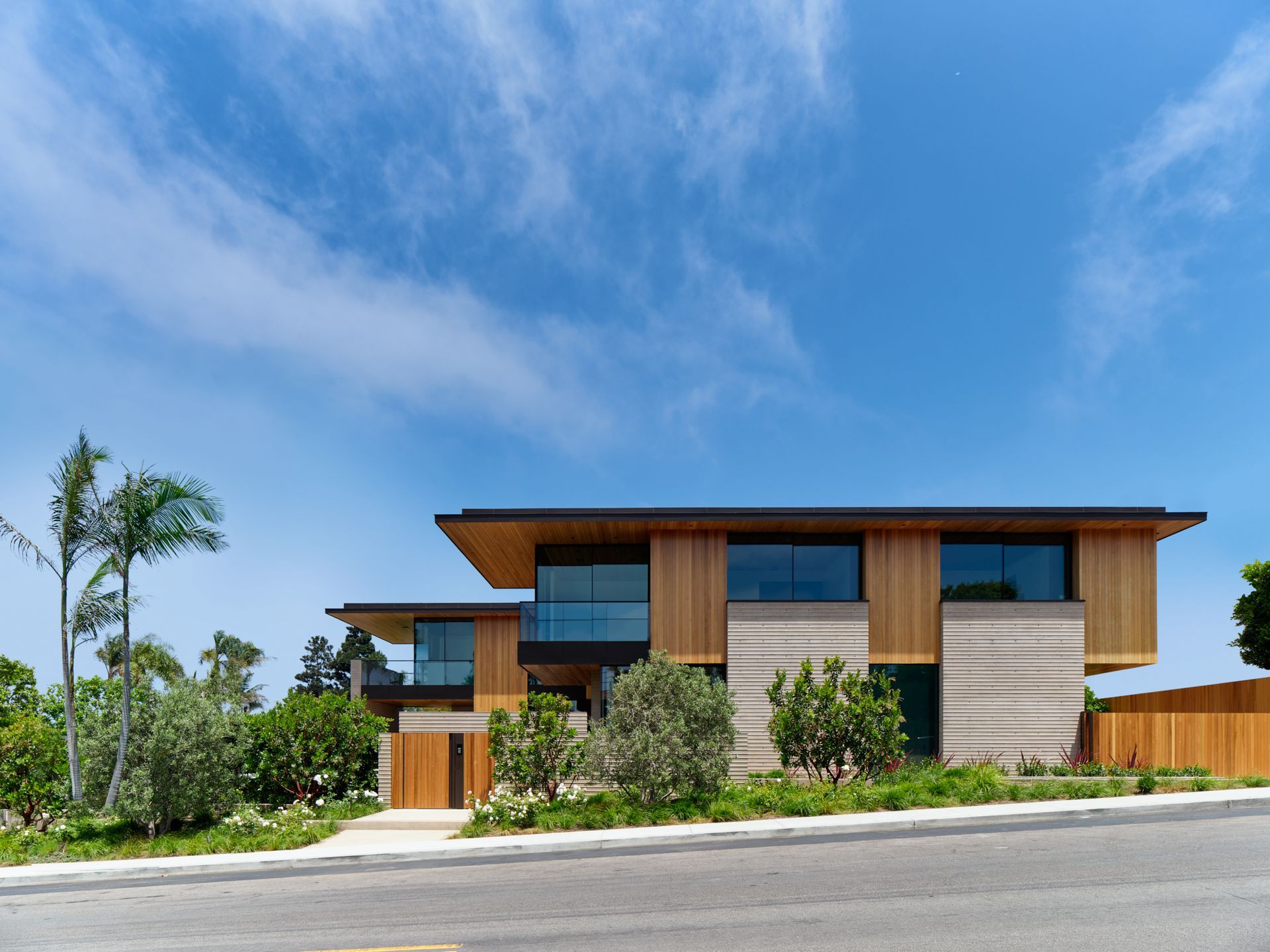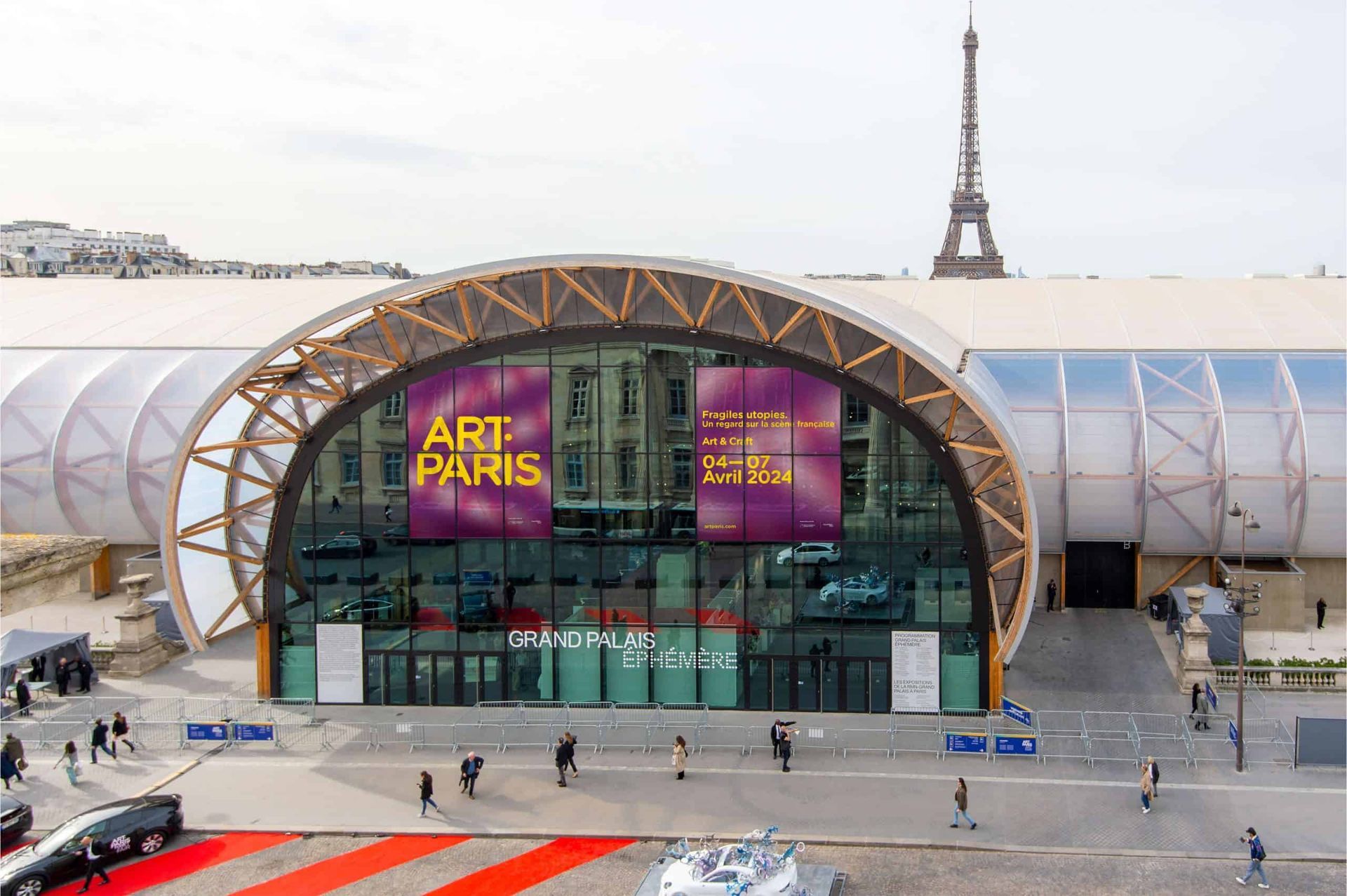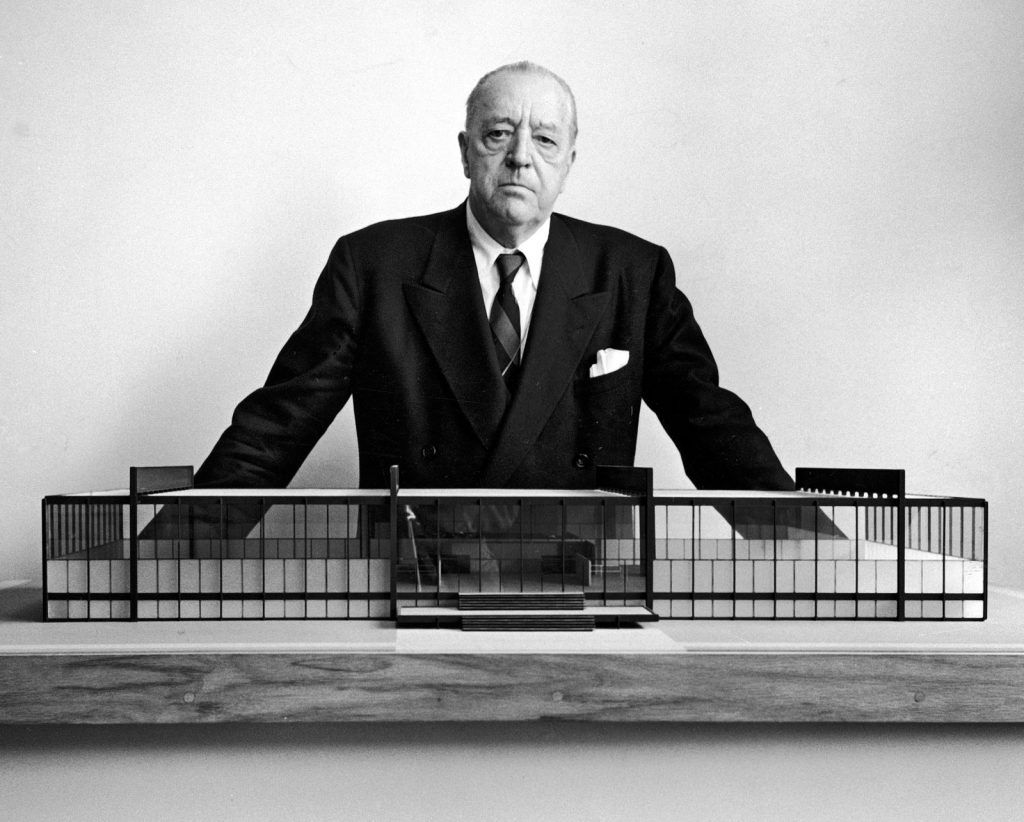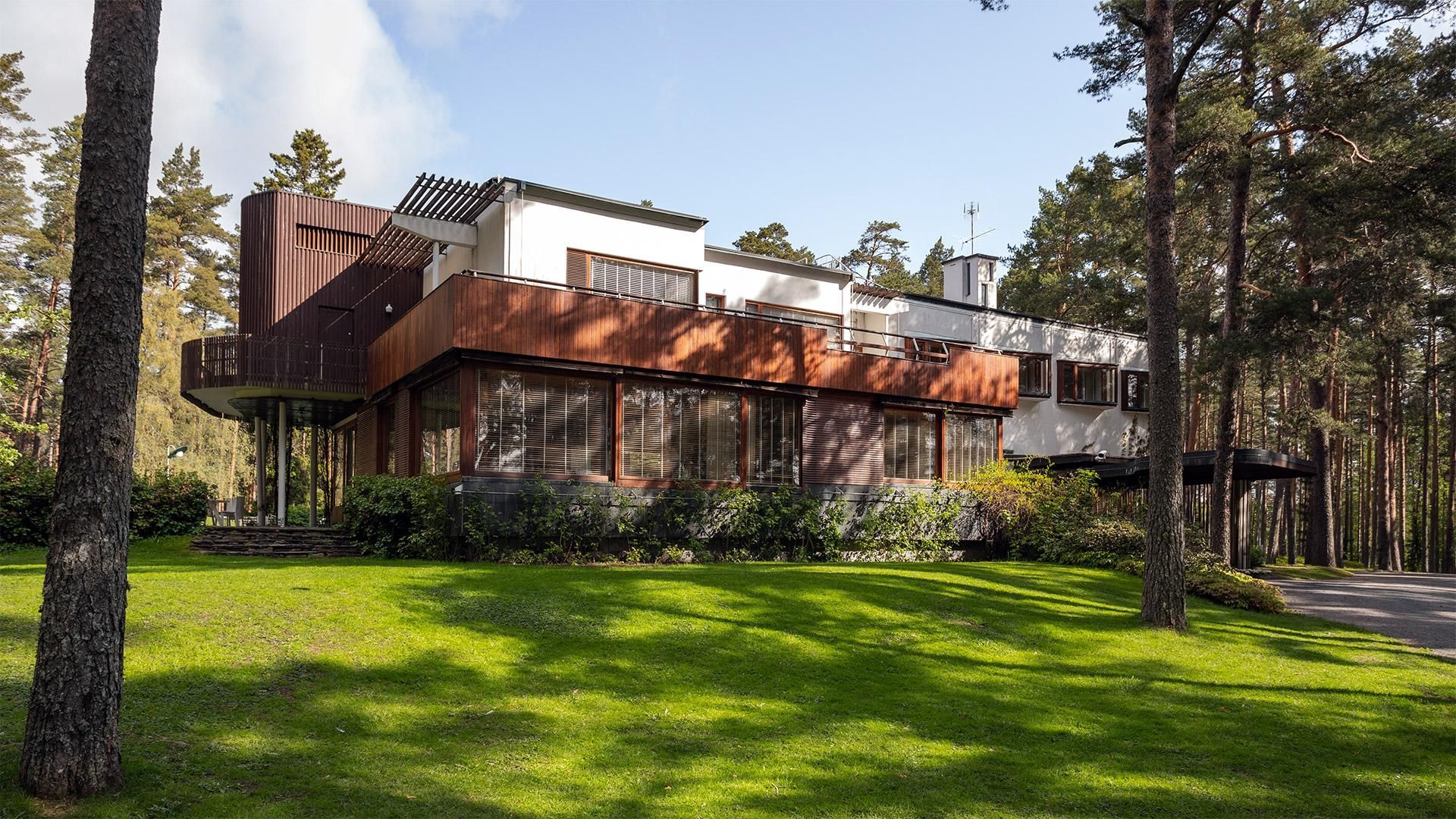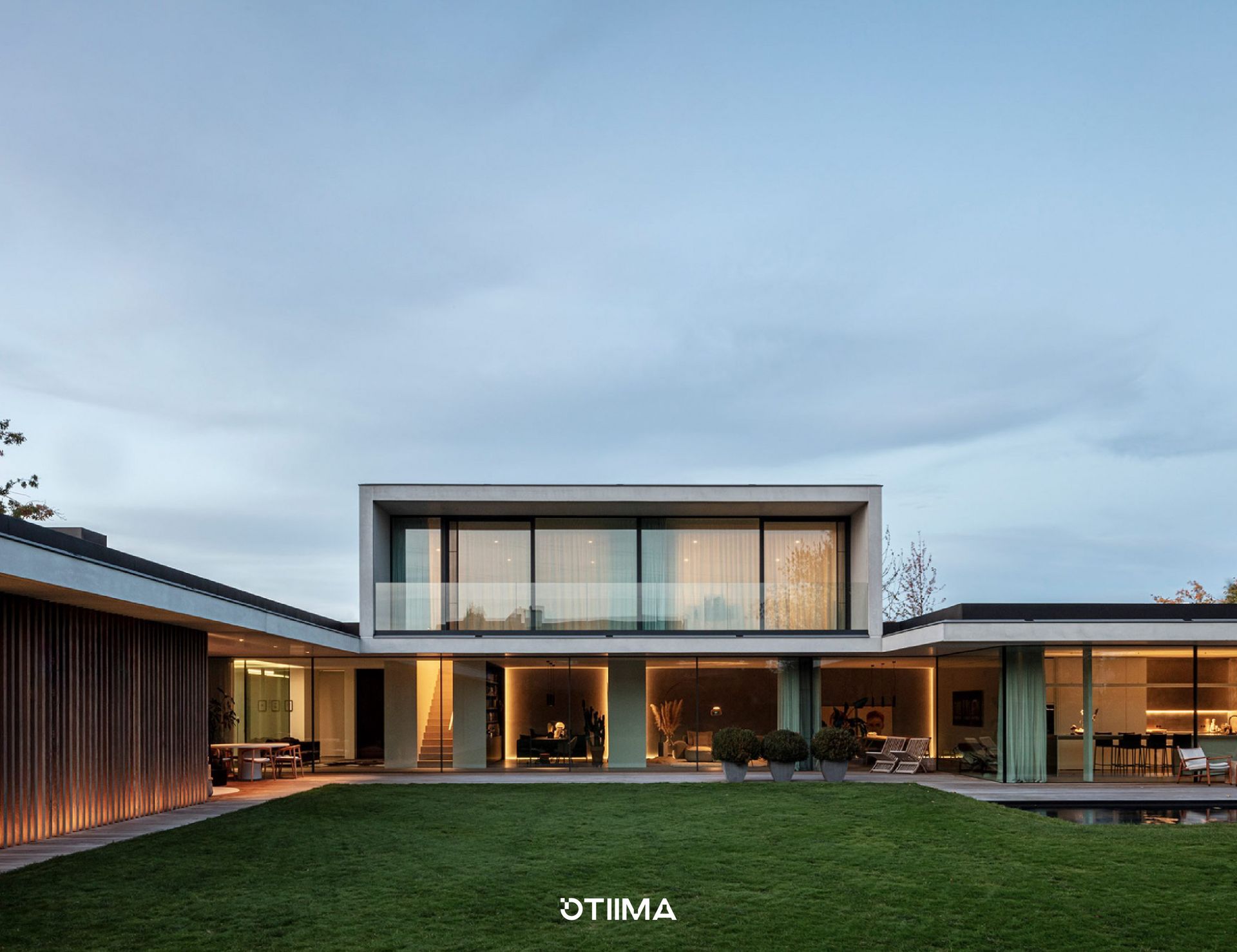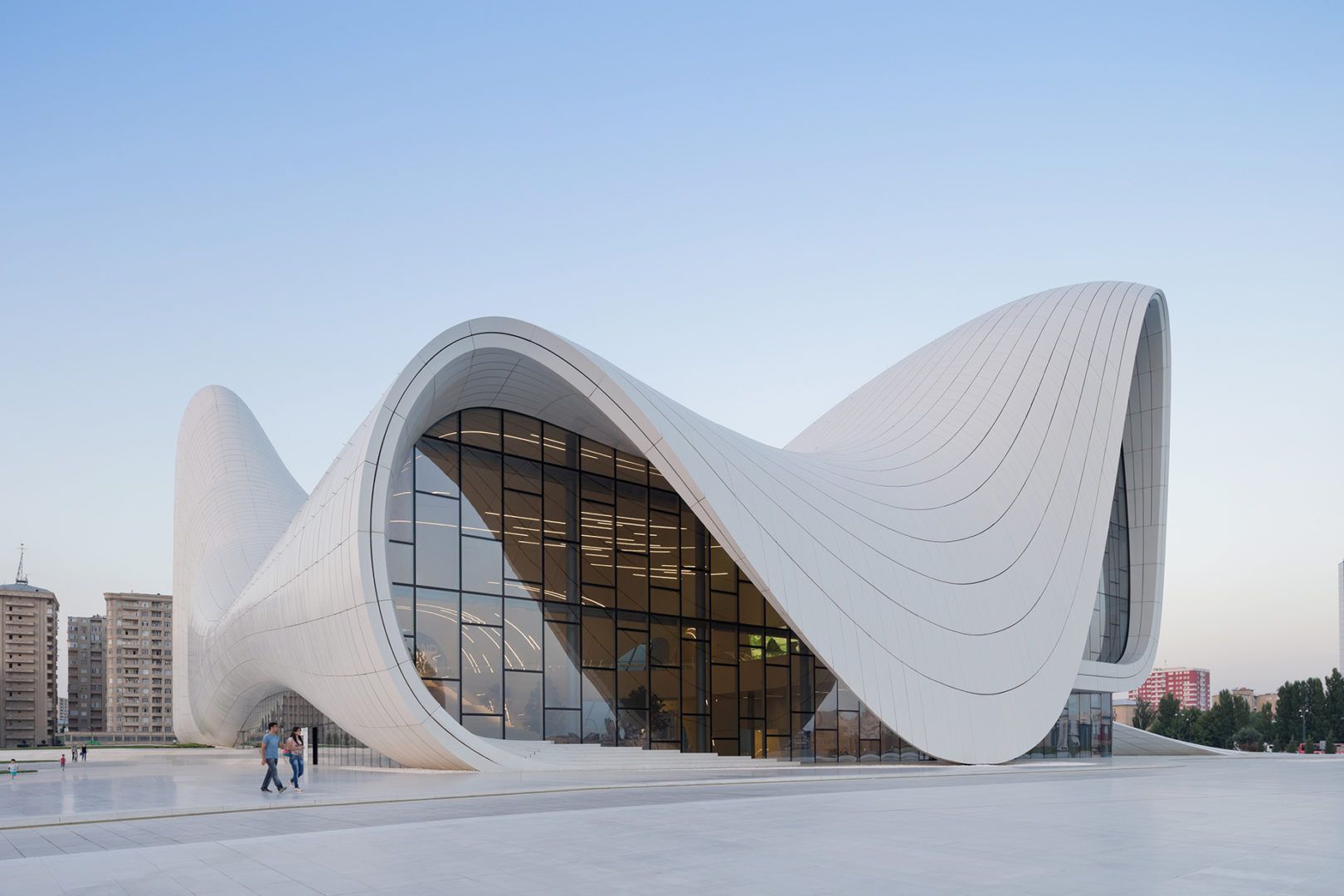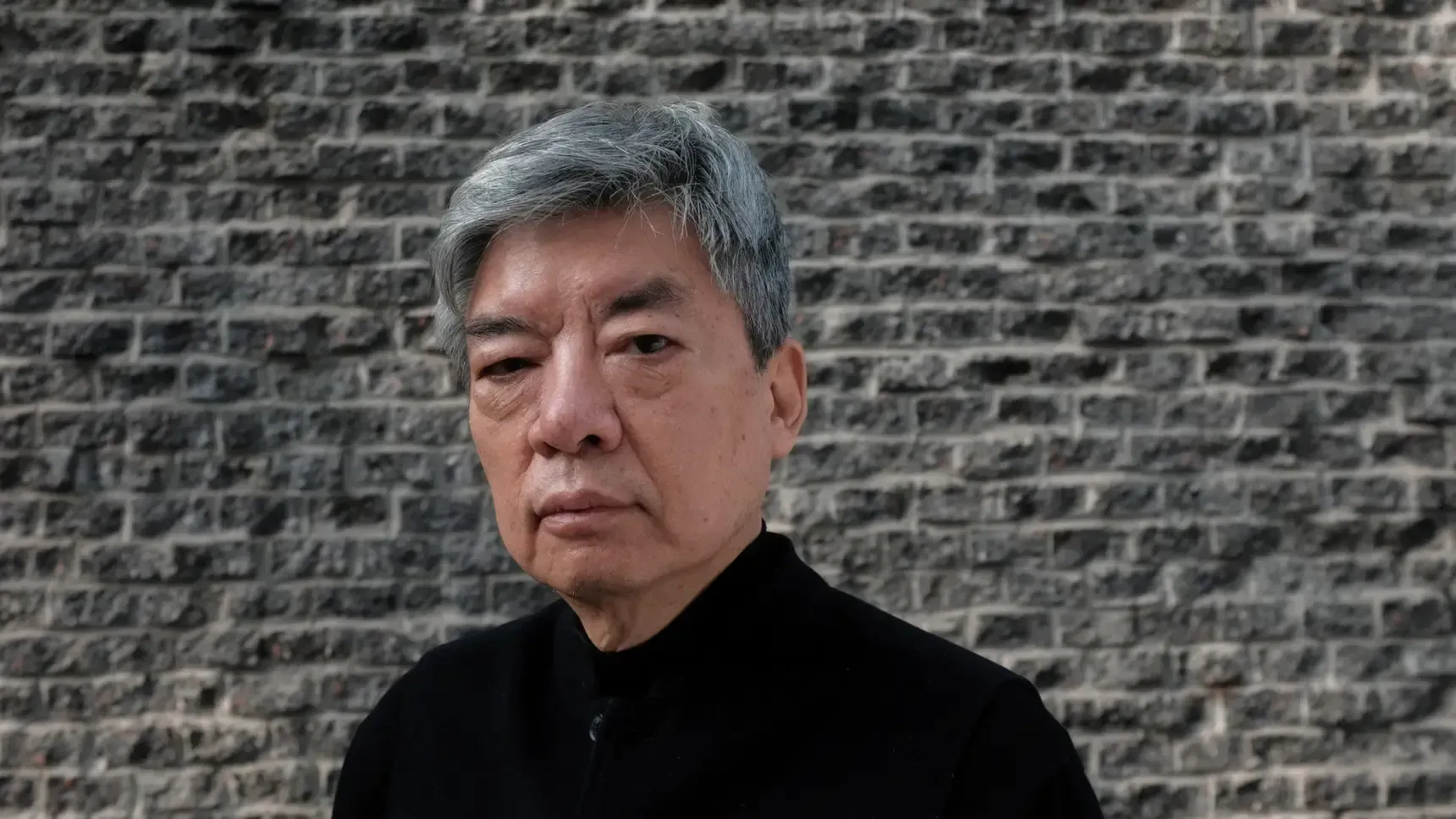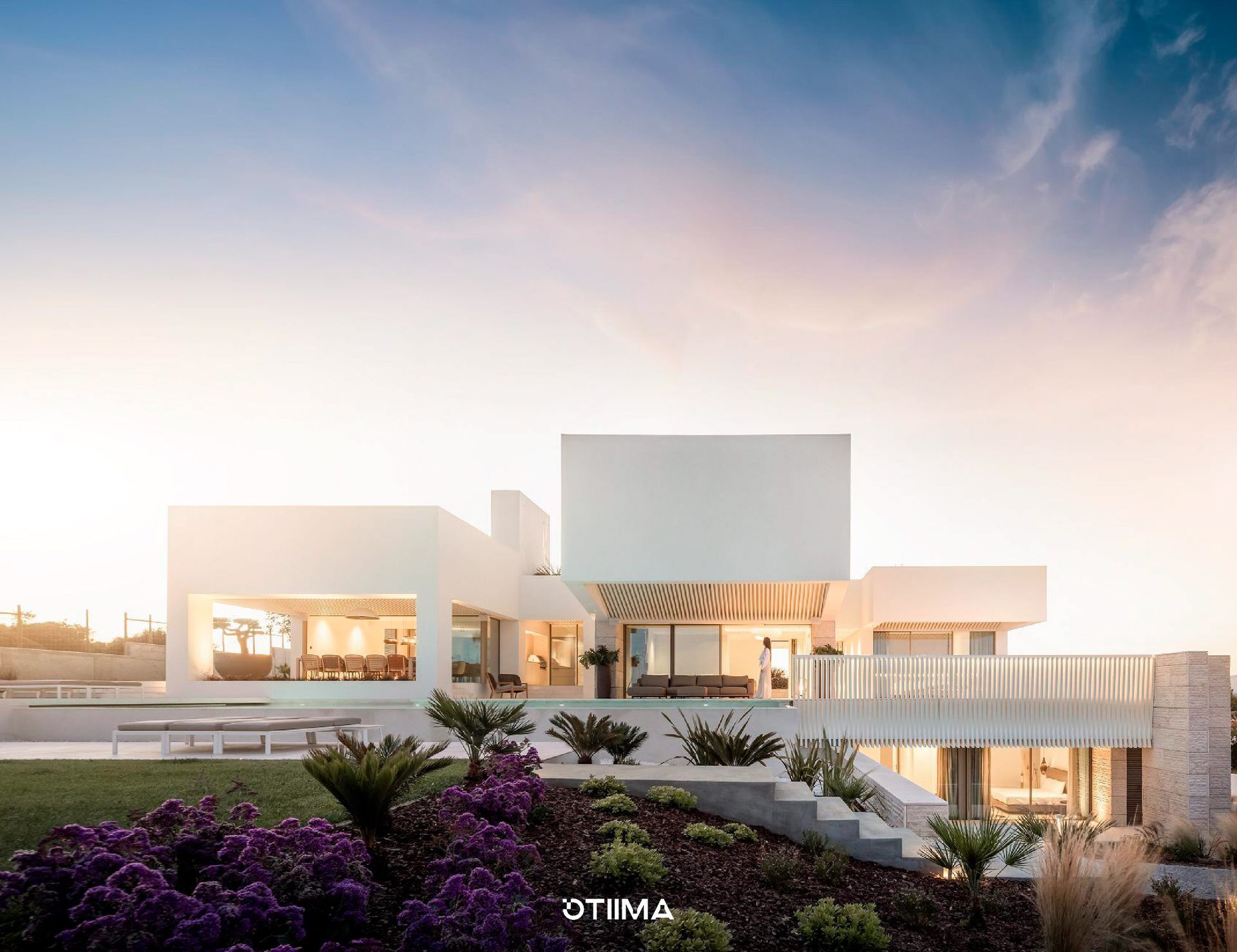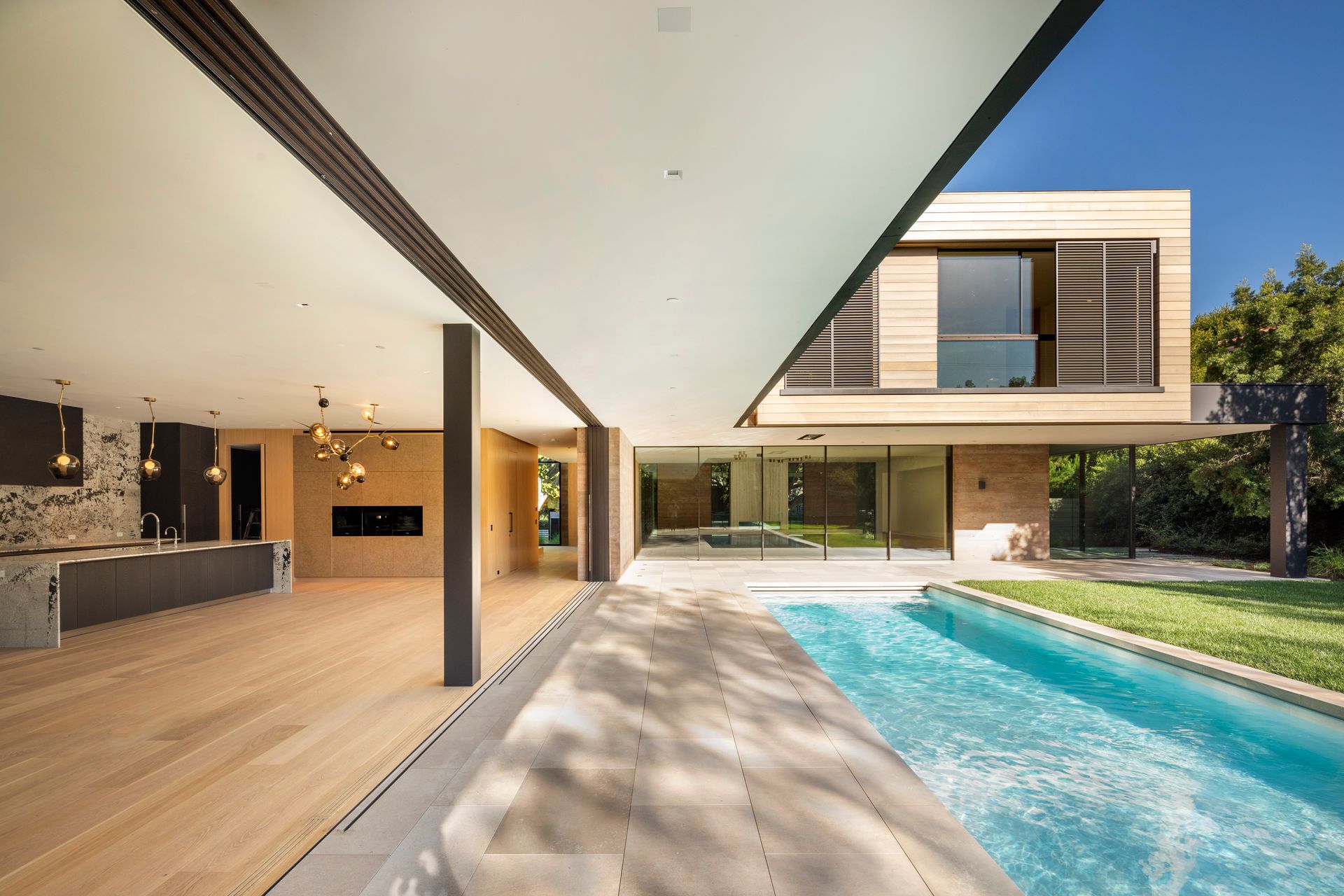Introducing OTIIMA DRAIN: The Fusion of Design and Functionality
At OTIIMA, we believe in the seamless integration of design and functionality, and
OTIIMA DRAIN exemplifies this philosophy. Designed as a system of extraordinary slimness, it combines the versatility and flexibility of our
CLASSIC series with a hidden sill design that is as ingenious as it is practical.
all photos by © Adrian Teimens
Innovative Hidden Sill Design
Central to the OTIIMA DRAIN system is its hidden sill design, which ingeniously utilizes a single slot for each track. This unique feature not only enhances the aesthetic appeal of the system but also ensures effortless integration with the finish materials. The result? An ideal floor frameless glazing solution that is perfect for contemporary villas and cutting-edge architectural high-rise buildings.
Unparalleled Water Management
One of the most remarkable features of OTIIMA DRAIN is its exceptional water management capabilities. Incorporating a drainage profile channel, this system is engineered to efficiently drain large volumes of rainwater, even in the face of extreme weather conditions. Proudly distinguished for its outstanding water tightness, it surpasses industry standards with an impressive E1650 class rating according to EN 12208.
Read Also- A Grand Vision Captured in Glass and Aluminum: Rodeo House in Beverly Hills
Tailored Solutions for Every Climate
Whether you're designing for a cold climate or a busy urban environment, OTIIMA DRAIN offers customized solutions to meet the specific needs of your project. Our 38 DRAIN variant, part of the 38 Series, features an optional hidden sub-frame and trench drain for unparalleled functionality. Meanwhile, the 54 DRAIN Series is specifically designed for cold climates and utilizes triple-pane insulated glass to ensure optimal thermal performance.
Versatility Redefined
OTIIMA DRAIN redefines versatility. Our system accommodates a wide range of configurations, including fixed windows, multi-panel layouts and sliding doors. Whether you're looking for expansive views or seamless indoor-outdoor transitions, OTIIMA DRAIN delivers. Plus, with integrated door automation available on all our sliding doors, convenience is always at your fingertips.
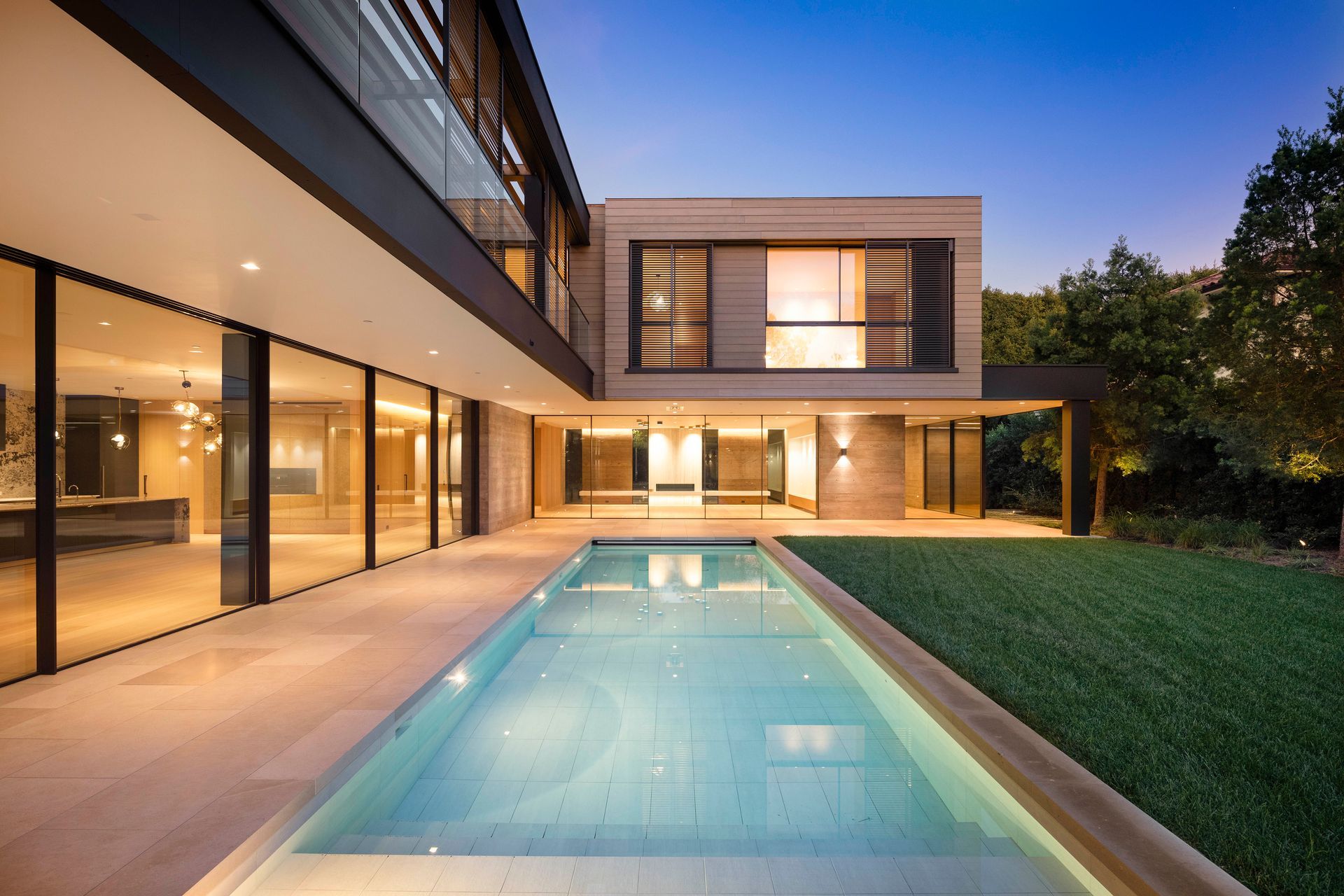
Crafted to redefine the standards of architectural glazing solutions, it represents the epitome of innovation and excellence. For architects who refuse to settle for the ordinary,
OTIIMA DRAIN is the ultimate choice, unlocking limitless creativity and possibility.
